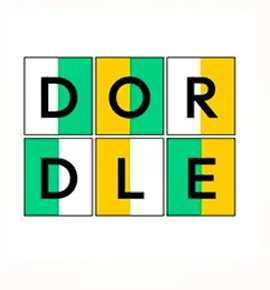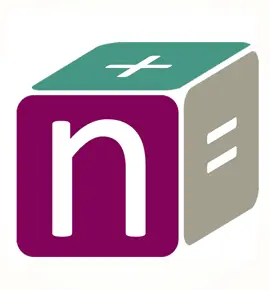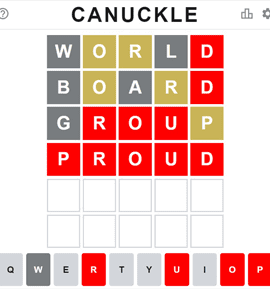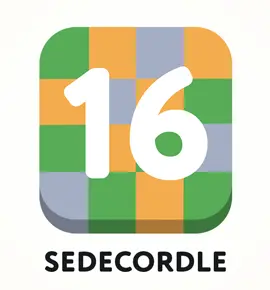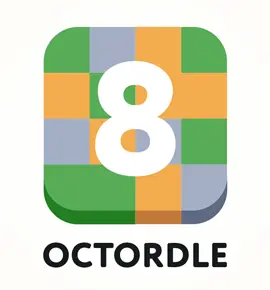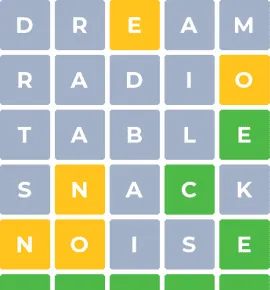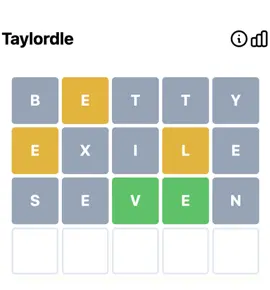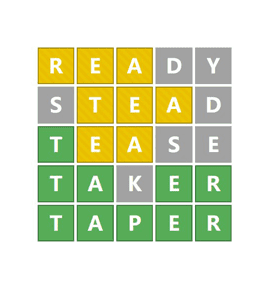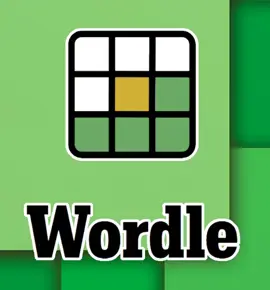 Strands NYT
Strands NYT
Qwertle
What Is Qwertle?
Qwertle is an interesting title that takes inspiration from popular word games but adds an intriguing layer of complexity by integrating the QWERTY keyboard structure. The game requires players to guess a hidden word within a limited number of six attempts, much like Strands NYT.
However, in Qwertle, the arrangement of letters on the keyboard plays a vital role. Each guess provides clues, helping you deduce the target word while encouraging you to think spatially about the keyboard. With countless possibilities, each attempt becomes an exciting step toward discovering the hidden word.
How To Play The Qwertle Game?
Start the game by typing any valid five-letter word into the input field and submitting your guess. After you submit a word, the game offers visual clues through color-coded tiles that reveal the relationship between your guessed letters and the target word.
A black tile on a white background indicates that the letter is correct and perfectly positioned within the word. A white tile on a green background means the guessed letter is part of the word and is located close to its proper position on the QWERTY keyboard layout.
Conversely, a white tile on a yellow background reveals that the letter is in the word but situated on the opposite side of the keyboard from its actual position. Lastly, a white tile on a red background signifies that the letter is not close to its target position on the keyboard, making it a less likely choice for future guesses.
Best Tips To Conquer The Game
Start With Common Patterns
One of the most effective strategies for mastering the game is to start with words that incorporate a variety of commonly used letters scattered across the keyboard. These words often include vowels along with high-frequency consonants, as these letters are both widely used in English and strategically distributed on the QWERTY keyboard.
The goal is to cast a wide net to gather as much information as possible about the hidden word.
Experiment With Letter Combinations
It would be best to experiment with different letter combinations, especially when you are narrowing down possibilities based on the feedback. Sometimes, testing unusual letters or less common patterns can reveal unexpected clues that might unlock the solution.
For instance, trying less frequent letters will help you confirm whether the hidden word contains rare components. While it is tempting to play it safe with common words, exploring diverse combinations can be the key to identifying the correct letters and positions.
Balance Speed And Precision
While it is important to analyze feedback carefully, overthinking every move can slow you down. It is advisable to aim for a balance between thoughtful strategy and efficient decision-making. Avoid rushing through guesses without considering the spatial hints provided, but also try not to dwell too long on a single attempt.
The more fluidly you adapt to new information, the more likely you are to crack the word within the limit.
Other games
there are many other games developed under Strands NYT, let's try them out

